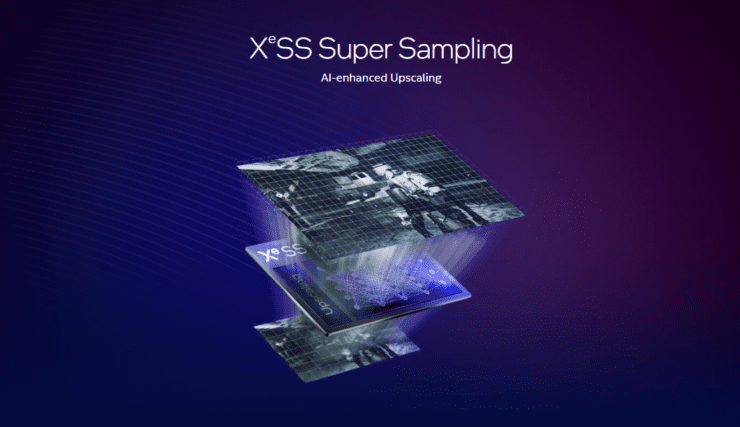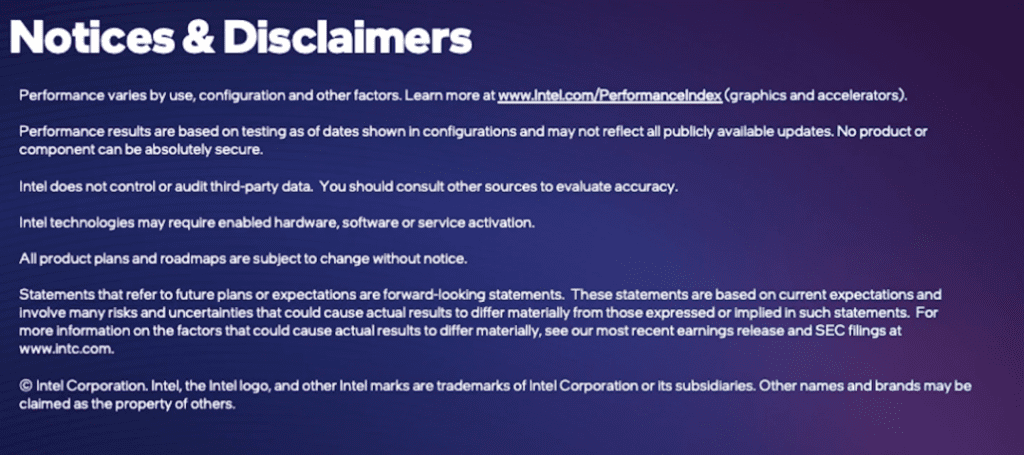Intel formally unveiled its AI-powered XeSS upscaling technology before introducing its newest Arc A770 GPU to the market. Through hardware acceleration and a cutting-edge AI technique, Intel XeSS (Intel Xe Super Sampling) will boost performance while enhancing image fidelity. Shadow of the Tomb Raider will be the first video game to use XeSS technology.
The company’s GitHub page offers access to Intel XeSS 1.0 for interested consumers and players. The obsolete online login technique is fixed by the patch, which was first made public on the game’s Steam release notes. It also adds XeSS support for DirectX 12 compatible PCs (DX12). The second upscaling technology to be shared on GitHub is Intel XeSS. AMD’s FSR 2.0 upscaling technology served as the first temporal upscaler.
Courtney O’Neill, Chief Operating Officer for Hashbane Interactive, describes how the Unreal Engine 5 game Instinction uses the technology on Intel’s official XeSS page. A 20fps or higher improvement over conventional hardware rendering is provided by the new upscaler with AI enhancements. The method is described as offering a variety of upscaling options, including “ultra quality” modes to greater performance modes, that players may utilise in their existing games.

The most important need for Intel’s XeSS algorithm is graphics drivers that support Shader Model 6.4, which enables the upscaler to work with a wide range of hardware.
New HLSL compiler technology known as Shader Model 6.4 is required for various DirectX 12 features, including DirectML, DirectX Mesh and Amplification Shaders, and DirectX Raytracing. DXC (or DXIL compiler), the compiler used by DirectX, is based on LLVM and creates Shader Model 6 code.
By reconstructing subpixel data from the principal pixels and adjusting motion from previous frames, artificial intelligence and machine learning give the capability to “synthesise images” akin to what is observed from ultra-high resolution rendering. The process is carried out by a neural network that has been specially trained to give high levels of quality and higher performance levels.

AMD Radeon and NVIDIA GeForce graphics cards, which were examined by CapFrameX utilising the AMD Radeon RX 6800XT graphics card, will be supported by Intel XeSS. Of order to improve performance, the new upscaling solution will also make use of the DP4a and XMX hardware features in Intel Xe graphics cards.
Although the XeSS upscale technology is available, the company has not yet released the official code, and it is unclear whether or when this will happen. Developers must make do for the time being with the original SDK and DLL libraries that are already available.
Also Read:








